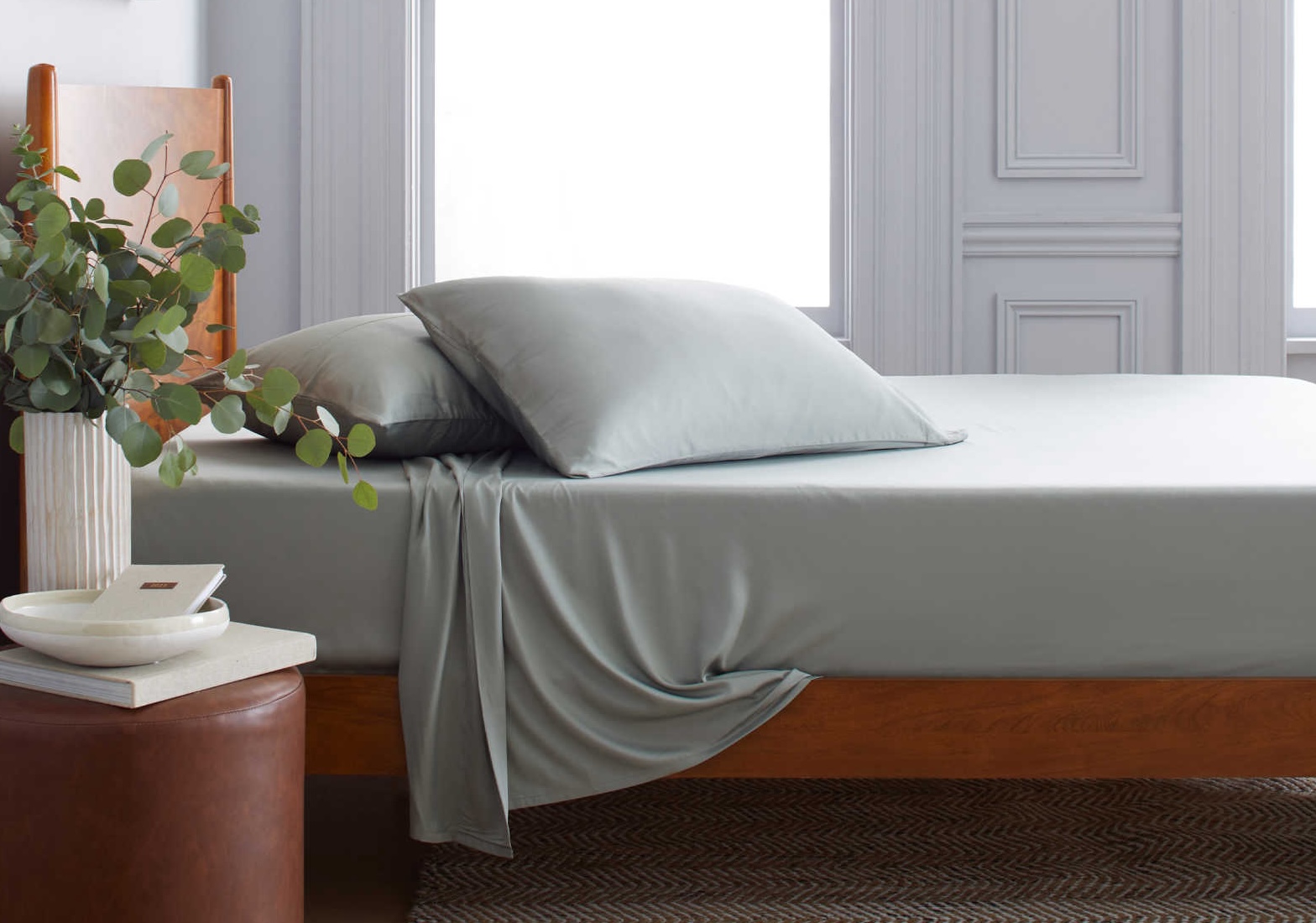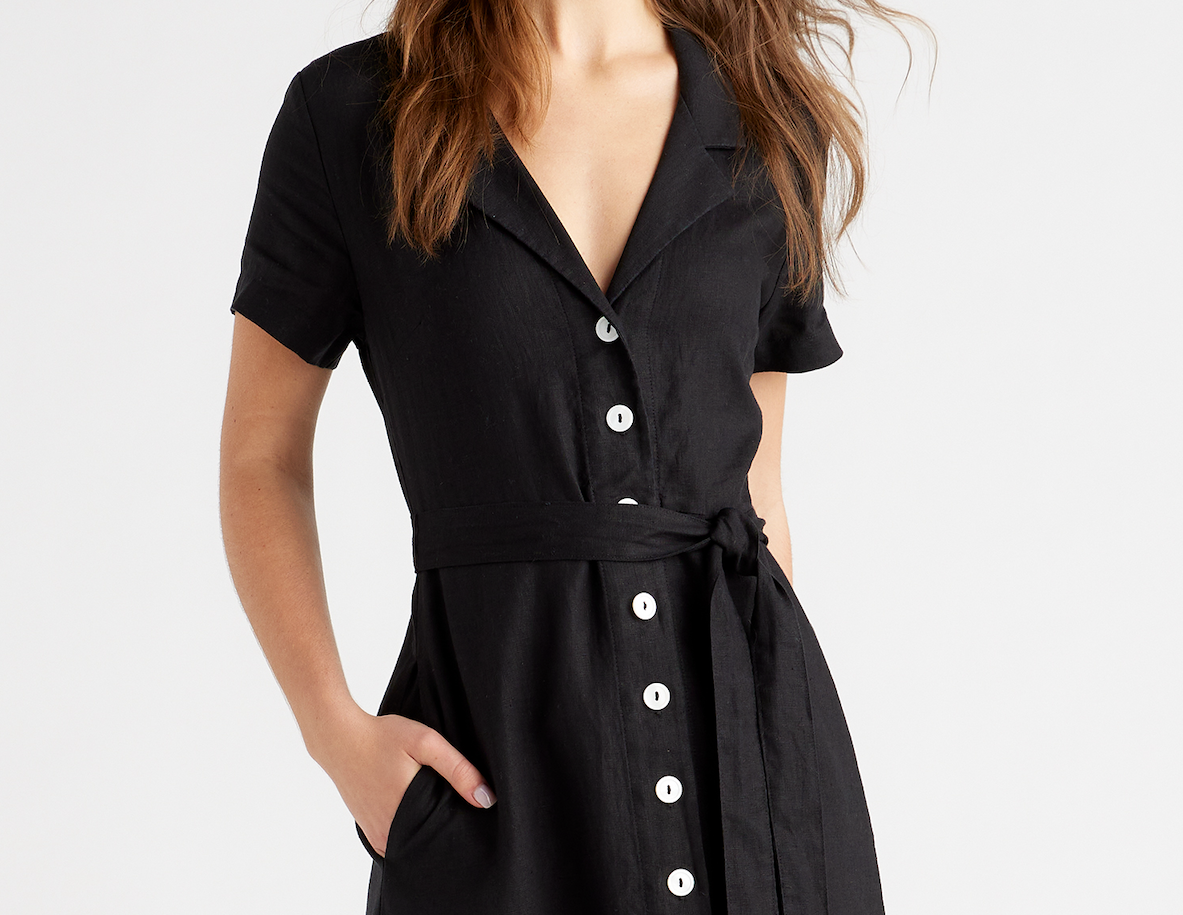The leather industry has a significant negative environmental impact, from the destruction of land for cattle farming, the planet-warming gases produced by agriculture, and the significant water and chemical use in the tannery process.
One businesswoman who worked in leather goods for 15 years saw firsthand how unsustainable leather creation is when working in the Philippines.
"I really realized going to see a tannery that making leather is not a very sustainable thing," Carmen Hijosa told CNN. "I realized that my responsibility as a designer was not only to design for the market, but to design for the people and to be able to make an honest product."
Hijosa turned to pineapple fibers, which people in the Philippines traditionally use for plant-based textiles, in the hunt for a more sustainable leather-like product.
Pineapple leaves, which are typically a waste product from pineapple farming, are stripped of their fibers, then cleaned and dried out. They are then sent to a processing center in Spain, where Pinatex is created by blending the fibers with a plant-based polyester.
"We are using a waste material, and that's really critical," Hijosa said. "Imagine, to get these fibers, we don't need any land, any water, any pesticides or fertilizers."
Watch now: Easy-to-use app can help slash your grocery bill in half
The finished Pinatex material is the culmination of over a decade of work and refinement, and Hijosa has already seen success with the product, which has been picked up and made into clothing by companies like Nike, Hugo Boss, and Calvin Klein.
While Pinatex still requires around 5% of petroleum-based polyurethane in its development, it is still significantly less than other leather alternatives. Hijosa is also looking at using a non-petroleum polyurethane as the next step in Pinatex's development.
Other interesting alternatives to traditional leather creation are being explored all over the globe. For example, a Mexican company has turned to cacti to make a leather-like product, while a Brooklyn-based startup is using discarded shrimp shells and mushroom waste.
While Pinatex might prove to be a lucrative business for Hijosa, she also hopes that she can make a difference by using a more sustainable way to produce fashionable items.
TCD Picks » Quince Spotlight

"To me, it's to invent something which is really for the greatest good for people and the planet," she told CNN.
Join our free newsletter for weekly updates on the latest innovations improving our lives and shaping our future, and don't miss this cool list of easy ways to help yourself while helping the planet.













